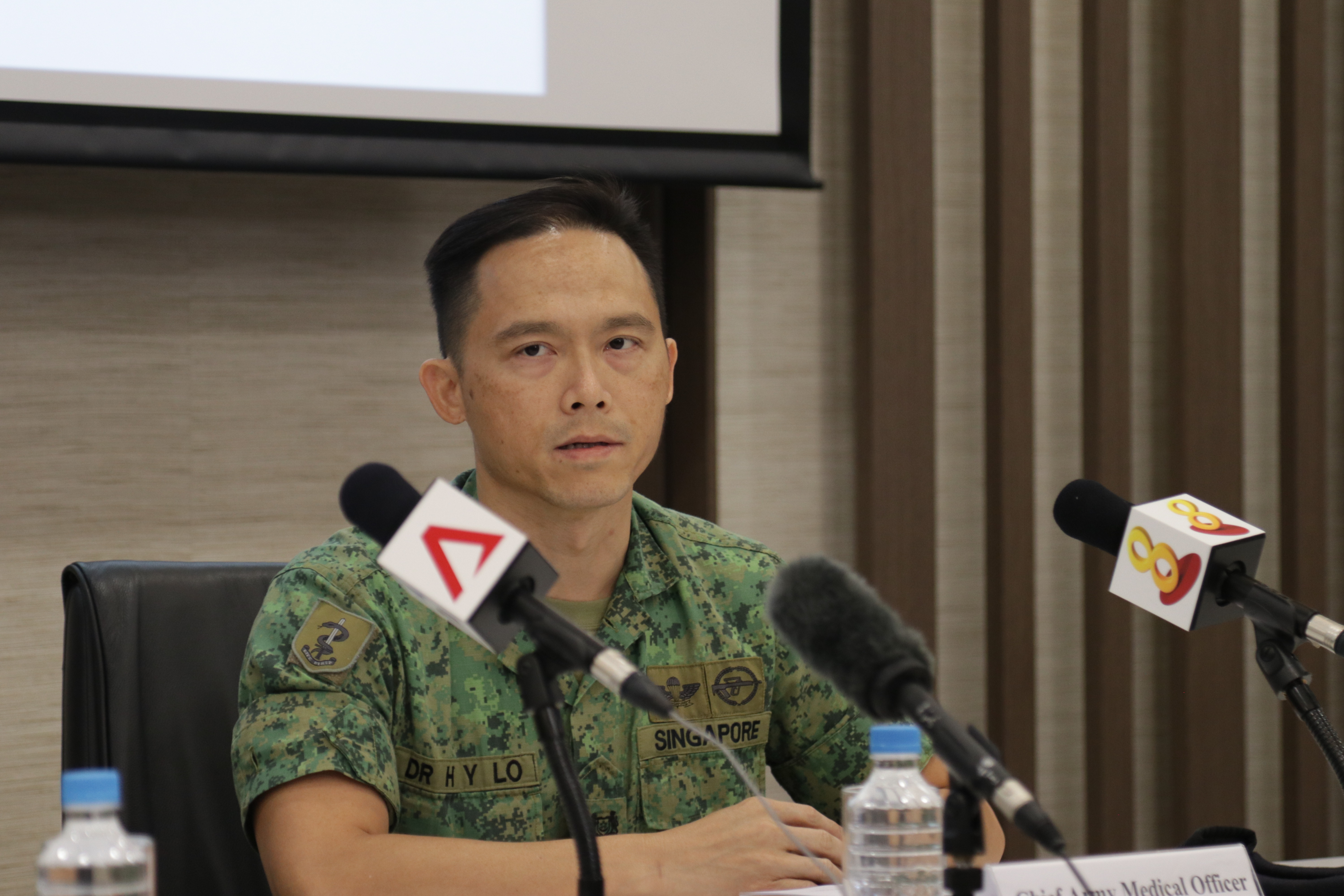Aloysius Pang underwent three surgeries in New Zealand after his reservist incident.
After the second surgery in the morning of Jan. 21, some of the information shared with the media gave the public a sense of relief and hope that Pang would recover from his injuries.
First, on Monday, one of Pang's two older brothers gave an interview with Channel 8.
In it, he mentioned that he and his mother were feeling anxious and uneasy, but his mother was flying over to be with Pang that day.
He said, though, that Pang was conscious, and even managed to talk to his mother over the phone.
The second update came from doctor Teo Li Tserng, Chief of Tan Tock Seng Hospital’s Trauma and Acute Care Surgery.
He gave an interview to Today, where he talked about Pang's condition.
“The primary surgeon taking care of him in Waikato Hospital based in Hamilton is Dr Christey Grant. I know him personally. As in the trauma fraternity, we have worked together.
He updated me on his (Pang’s) condition. And I concur with the way things have been done so far and I think they have done a good job in stabilising Aloysius.
Currently, Aloysius is stable, in a stable condition. His vitals are stable and he’s awake, alert, and he is breathing on his own, not requiring any mechanical ventilation.”
However just two days after that, Pang was revealed to be in a critical condition, needing artificial life support of his lungs, kidneys and heart.
So what happened?
In a press conference at the Ministry of Defence (MINDEF)’s headquarters on Thursday afternoon, Chief Army Medical Officer, Lo Hong Yee, gave some insight into what exactly happened during those two days.
One question of interest raised was how the condition deteriorated so suddenly, especially since Teo had been "quite upbeat about the situation"?
Why the sudden deterioration?
Lo had this to say.
"So maybe let me explain that all kinds of diseases have a certain clinical course, just to share like a fracture of the arm will take six weeks to heal, and we expect certain types of complications.
So for major trauma patients, we also know there's a certain clinical course."
In fact, only two surgeries were planned.
"So for Aloysius, the first two surgeries were planned.
The first one was life-saving, and the second one was a planned surgery."
But it turned out that they were already expecting complications to occur, it was just a matter of when.
"After that, so when I talked to Dr Teo, and the New Zealand team, they told me that they are already expecting complications.
You cannot have such a severely injured patient and not expect complications.
So they are already expecting complications, they just don't know when it will set in."
So were these complications due to the operation?
"Ah, these were complications that are expected from any major trauma patients, not particularly related to surgery, not sure if you're alluding to quality of care."
Lo also made it clear the hospital was more than adequately equipped to deal with Pang's injury.
"So, just to share that Waikato hospital, it's a tertiary centre, that means it has an entire suite of clinical services...
So he is in a facility that can take care of this kind of condition, including the complications that arise."
When pressed for further clarifications on whether Pang had suffered any internal bleeding, as well as questions about the scope of injuries, Lo declined to elaborate, simply saying that the details were too technical, and cited medical confidentiality as one reason why.
Here's the full video capturing Lo's comments on how Pang's condition deteriorated:
[video width="640" height="360" mp4="https://static.mothership.sg/1/2019/01/ewfef.mp4"][/video]
More from the press conference:
Image by Rachel Ng
If you like what you read, follow us on Facebook, Instagram, Twitter and Telegram to get the latest updates.
